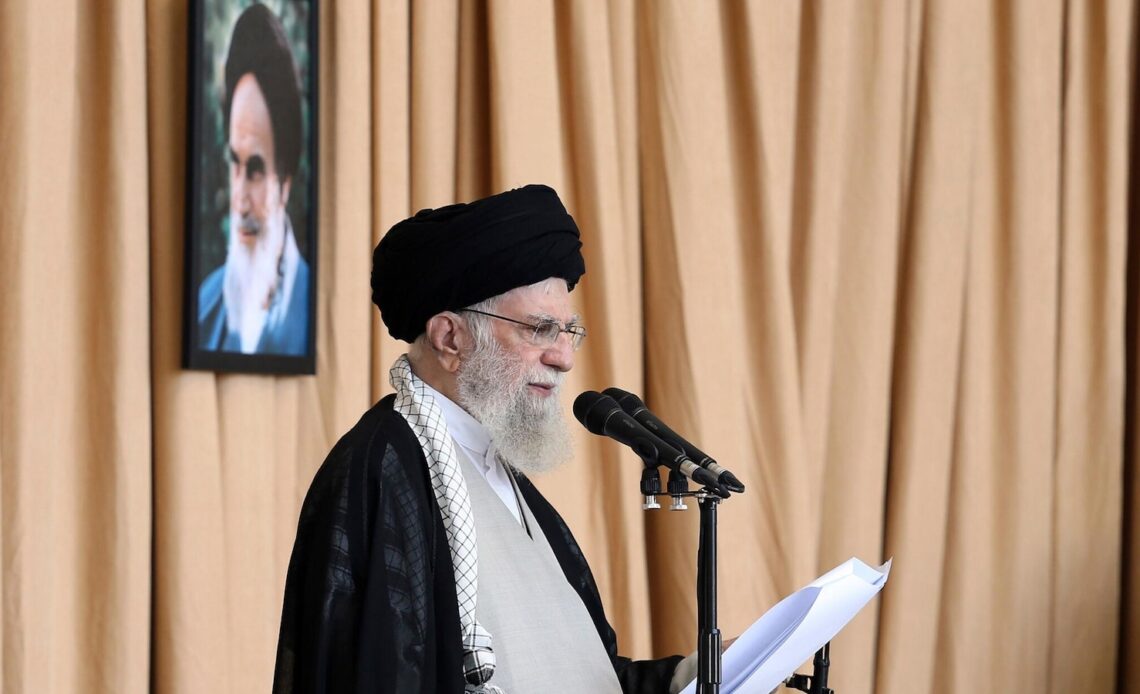DUBAI, United Arab Emirates — Iran has emerged as a twofold concern for the United States as it nears the end of the presidential campaign.
Prosecutors allege Tehran tried to hack figures associated with the election, stealing information from former President Donald Trump’s campaign. And U.S. officials have accused it of plotting to kill Trump and other ex-officials.
For Iran, assassination plots and hacking aren’t new strategies.
Iran saw the value and the danger of hacking in the early 2000s, when the Stuxnet virus, believed to have been deployed by Israel and the U.S., tried to damage Iran’s nuclear program. Since then, hackers attributed to state-linked operations have targeted the Trump campaign, Iranian expatriates and government officials at home.
Its history of assassinations goes back further. After the 1979 Islamic Revolution, Iran killed or abducted perceived enemies living abroad.
A look at Iran’s history of targeting opponents:
For many, Iran’s behavior can be traced to the emergence of the Stuxnet computer virus. Released in the 2000s, Stuxnet wormed its way into control units for uranium-enriching centrifuges at Iran’s Natanz nuclear facility, causing them to speed up, ultimately destroying themselves.
Iranian scientists initially believed mechanical errors caused the damage. Ultimately though, Iran removed the affected equipment and sought its own way of striking enemies online.
“Iran had an excellent teacher in the emerging art of cyberwarfare,” wryly noted a 2020 report from the King Faisal Center for Research and Islamic Studies in Saudi Arabia.
That was acknowledged by the National Security Agency in a document leaked by former NSA contractor Edward Snowden in 2015 to The Intercept, which examined a cyberattack that destroyed hard drives at Saudi Arabia’s state oil company. Iran has been suspected of carrying out that attack, called Shamoon, in 2012 and again in 2017.
“Iran, having been a victim of a similar cyberattack against its own oil industry in April 2012, has demonstrated a clear ability to learn from the capabilities and actions of others,” the document said.
There also were domestic considerations. In 2009, the disputed reelection of hard-line President Mahmoud Ahmadinejad sparked the Green Movement protests. Twitter, one source of news from the demonstrations, found its website defaced by the self-described “Iranian Cyber Army.” There’s been suspicion that the Revolutionary Guard, a major power base…
Click Here to Read the Full Original Article at ABC News: International…

